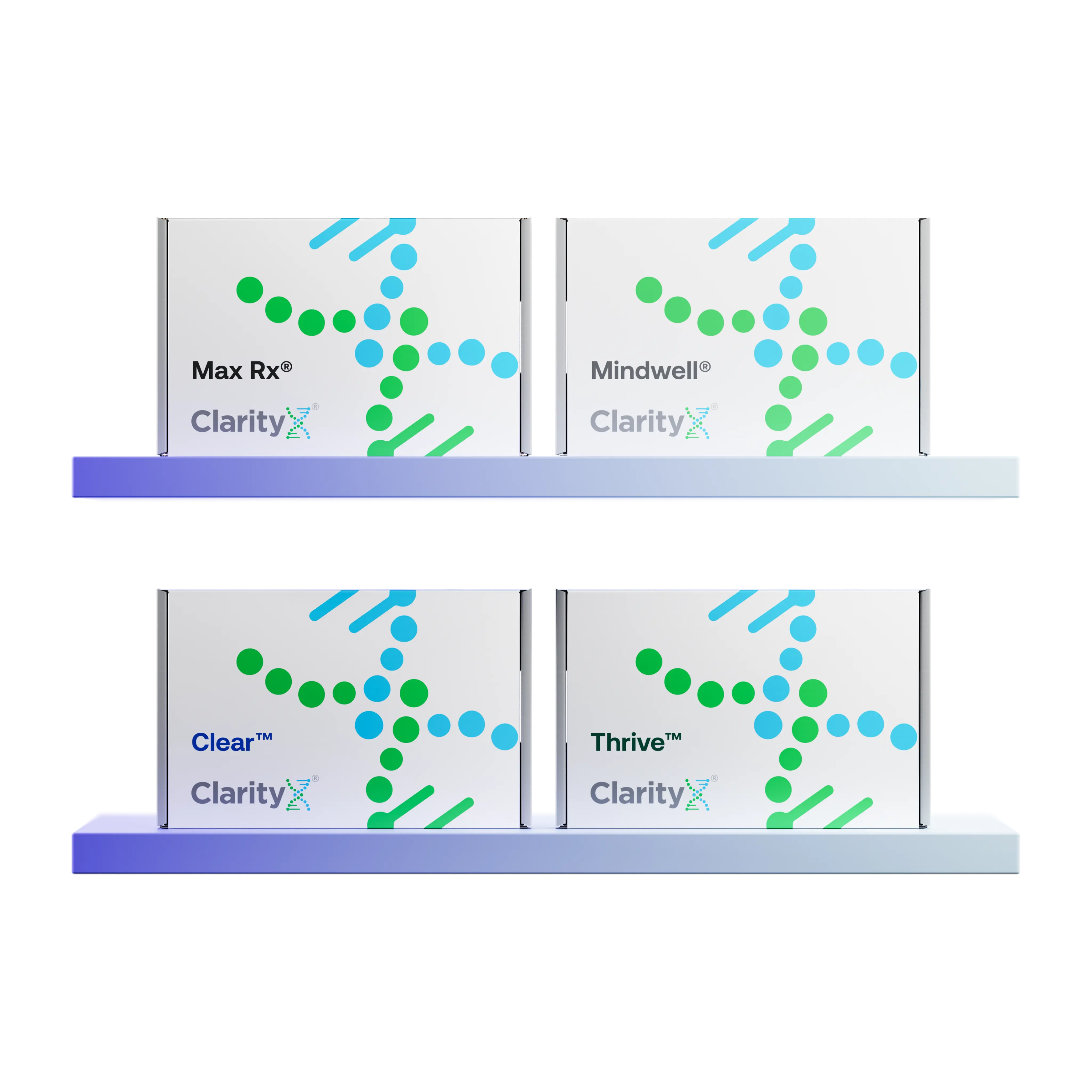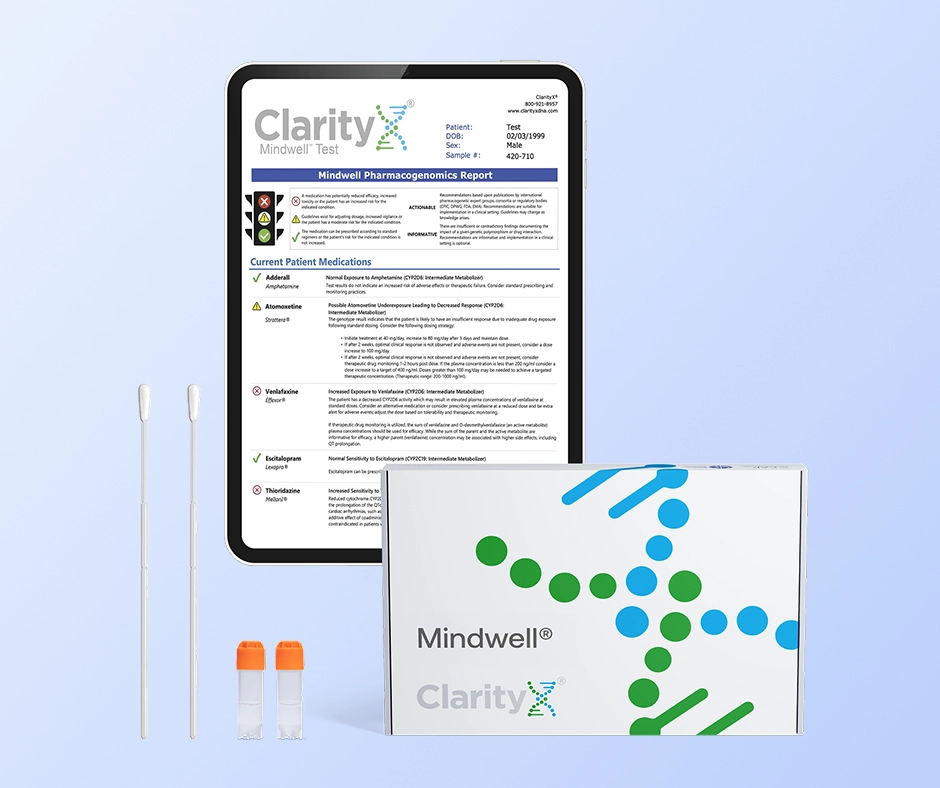Key Highlights
- Anxiety disorders are defined by persistent, excessive fear or dread that interferes with daily life.
- Common symptoms are both physical (like a rapid heartbeat, muscle tension, and shortness of breath) and psychological (like uncontrollable worry, irritability, and difficulty concentrating).
- There are several types of anxiety disorders, including generalized anxiety disorder (GAD), panic disorder, and social anxiety disorder.
- If your anxiety symptoms are difficult to control, feel out of proportion to the situation, or interfere with your work and relationships, it's time to seek professional help.
- Effective treatments, including psychotherapy (like CBT) and medication, are available to help you manage your symptoms and regain control.
Introduction
Feeling anxious before a big presentation or a difficult test is a normal part of life. This temporary stress can even be helpful, motivating you to prepare. But what happens when that feeling of dread doesn't go away?
When anxiety shifts from a temporary, normal stress response to a persistent, overwhelming force, it may be an anxiety disorder. Recognizing the signs is the first, most powerful step toward taking control and feeling better. This guide will walk you through the common symptoms, help you understand what you might be feeling, and clarify when it's time to seek support.
Understanding Anxiety and Its Symptoms
Anxiety is more than just "being nervous"; it's a group of recognized mental health conditions that cause significant distress. The symptoms can be both physical and emotional, ranging from a pounding heart to a constant, intrusive sense of unease.
What is Anxiety?
At its core, anxiety is your body’s natural response to stress a feeling of fear or apprehension about what’s to come. But when that fear becomes persistent, excessive, and begins to interfere with your life, it crosses the line into an anxiety disorder.
An anxiety disorder isn't a sign of weakness; it's a health condition where your reactions feel uncontrollable and are often disproportionate to the actual situation.
There are several distinct types of anxiety disorders:
- Generalized Anxiety Disorder (GAD): Involves excessive, persistent worry about ordinary issues, such as health, money, or work.
- Panic Disorder: Characterized by sudden, repeated episodes of intense fear, often called panic attacks.
- Social Anxiety Disorder: An intense fear of being watched or judged by others in social situations.
- Phobias: A strong, irrational fear of a specific object or situation.
- Separation Anxiety Disorder: Excessive fear of being away from a loved one.
While anxiety and depression both affect your mental health, they have different core symptoms. Anxiety is defined by excessive fear and worry, whereas depression is characterized by a persistent sad mood and a loss of interest. However, it is very common for someone to experience both conditions at the same time.
How Anxiety Manifests in Daily Life
Anxiety disorders can make it difficult to get through your day. The symptoms can interfere with daily activities, affecting your job performance, schoolwork, and personal relationships. You might find yourself avoiding everyday situations you once enjoyed because of anxious thoughts that are hard to control.
For those with social anxiety, for example, the intense fear of being judged can make social interactions feel unbearable, leading to isolation. This is different from the symptoms of a panic attack, which are sudden, intense, and often come on without warning.
Common Physical Symptoms of Anxiety
Anxiety isn't just in your head; it creates very real physical symptoms. This is your body's "fight-or-flight" response being triggered, causing a cascade of bodily sensations that can be distressing.
What Are the Physical Symptoms of Anxiety?
When you feel anxious, your body can react as if it's in immediate danger. You might notice your heart pounding in your chest or feel a tightness that makes it hard to breathe. These sensations are a direct result of your body's stress response.
Common physical symptoms include:
- An increased heart rate or heart palpitations
- Shortness of breath or a feeling of choking
- Muscle tension, tremors, and unexplained aches
- Sweating, or cold and sweaty hands
- Nausea, stomach cramps, or digestive issues
- Dry mouth
- Dizziness or feeling lightheaded
Learning that these physical feelings are linked to your mental state can be the first step toward managing them.
Anxiety Attack vs. Panic Attack: What's the Difference?
While often used interchangeably, anxiety and panic attacks are not the same. Anxiety can build gradually and be long-lasting. In contrast, a panic attack involves sudden, overwhelming fear that peaks within minutes and often occurs without a clear trigger.
The physical symptoms during a panic attack are severe and can feel life-threatening, often mimicking a heart attack. This is a key difference.
Emotional and Psychological Symptoms of Anxiety
Beyond the physical sensations, anxiety disorders are defined by their emotional and psychological symptoms. These internal experiences are just as valid and disruptive as the physical ones.
What Are the Psychological Symptoms of Anxiety?
Living with an anxiety disorder often means battling your own thoughts. You might feel restless and tense even in familiar situations. This constant mental chatter can be exhausting and interfere with your ability to focus. The thought patterns are often characterized by excessive worry and a tendency to imagine the worst-case scenario.
Common psychological symptoms include:
- Persistent feelings of panic, fear, and dread
- Uncontrollable, obsessive thoughts (rumination)
- Difficulty concentrating or your mind "going blank"
- Feeling "on edge," restless, or irritable
- Excessive worry about ordinary, everyday issues
How Anxiety Changes Your Behavior
Anxiety doesn't just affect how you think and feel; it also influences how you act. A common behavioral change is the avoidance of things that trigger your anxiety. This could mean turning down social invitations, avoiding new places, or procrastinating on important tasks. These behaviors can significantly shrink your world and impact your quality of life.
Early Warning Signs and Triggers
Recognizing an anxiety disorder early can make a significant difference in your ability to manage it. The first symptoms may be subtle, but catching these early warning signs allows you to seek help before they become overwhelming.
What Are the Early Warning Signs of an Anxiety Disorder?
The first signs of an anxiety disorder can be easy to dismiss as just "stress." You might notice yourself feeling more irritable than usual or having trouble concentrating. Ignoring these early symptoms can allow the condition to take a firmer hold.
Some early warning signs to look out for include:
- Feeling restless or on edge more often
- Having difficulty concentrating on tasks
- Experiencing unexplained muscle aches and tension
- Struggling to fall or stay asleep
- Avoiding situations you used to find easy or enjoyable
What Are the Most Common Anxiety Triggers?
Certain factors can heighten anxiety symptoms. Severe or long-lasting stress is a major factor, as it can disrupt the chemical balance in your brain. Traumatic events, either in childhood or adulthood, can also trigger anxiety disorders.
Factors that can worsen anxiety include:
- High levels of chronic stress (at work or home)
- Experiencing a traumatic event
- The use of caffeine, alcohol, or other substances
- Certain personality traits, like shyness
- A family history of anxiety or other mental disorders
Sleep Problems and Anxiety
There is a strong connection between anxiety disorders and sleep problems. If you have anxiety, you might find it difficult to fall asleep or stay asleep through the night. This frustrating cycle of worry and wakefulness is a common complaint for those struggling with their mental health.
The racing thoughts and physical restlessness that come with anxiety can lead to insomnia, where a good night's rest feels impossible. Below, we'll explore this connection further and offer some tips for managing anxiety-related sleep issues.
Why Anxiety Often Causes Insomnia
When you have an anxiety disorder, your mind can be filled with uncontrollable, obsessive thoughts. Lying in bed at night can become a time when these worries feel loudest, making it nearly impossible to relax and drift off to sleep. This is a primary way that anxiety causes insomnia. The physical symptoms, like a pounding heart or muscle tension, can also keep you awake.
How to Manage Anxiety-Related Sleep Issues
If you're struggling with sleep problems due to anxiety, there are strategies that can help.
- Practice deep breathing exercises or meditation before bed.
- Implement stress management techniques like regular exercise earlier in the day.
- Limit or avoid caffeine, especially in the afternoon and evening.
- Create a relaxing, screen-free bedtime routine to signal to your body that it's time to wind down.
- If sleep issues persist, talk to a mental health professional.
Anxiety Across Different Age Groups
Anxiety disorders can affect people of all age groups, from young children to older adults. However, the way anxiety presents itself can look different depending on a person's age and developmental stage. The worries of a child are often different from those of an adult, leading to different behaviors and symptoms.
Understanding how anxiety appears in children versus adults is crucial for parents, educators, and individuals to recognize the signs and provide the right support. Let's examine how symptoms can vary.
How Anxiety Symptoms Present in Children
In children, anxiety symptoms might not be as easy to spot as in adults. Kids may not have the words to express their feelings of fear and worry, so their anxiety often shows up in their behavior. For example, a child may become more irritable, have trouble sleeping, or complain of frequent stomach aches or headaches.
Certain anxiety disorders are more prominent in childhood. Separation anxiety disorder, an excessive fear of being away from a primary caregiver, is a normal developmental stage for toddlers but can be a diagnosable condition in older children if it becomes extreme and interferes with school or social activities. Another condition is selective mutism, where a child is unable to speak in certain social situations due to fear.
If you notice persistent changes in your child's behavior that suggest they are struggling with worry, it's a good idea to consult a healthcare provider or a mental health professional. They can help determine if the anxiety symptoms are part of a disorder that requires treatment.
Differences in Anxiety Symptoms Between Adults and Youth
While the core feeling of fear is the same, anxiety symptoms are not always identical for children and adults. Youths often express anxiety through physical complaints or behavioral changes, like clinginess or irritability, because they haven't yet developed the emotional language to describe their internal state.
Adults, on the other hand, are more likely to articulate their feelings of worry, dread, or panic. Their anxiety often centers on "adult" concerns like job responsibilities, finances, and health. The types of anxiety disorders that are most common can also differ, with some mental health conditions being more prevalent in one group than another.
Key differences in symptoms between adults and youth can include:
- Youth may show more physical symptoms like stomachaches, while adults may report more complex psychological symptoms like obsessive thoughts.
- Separation anxiety disorder and selective mutism are more commonly diagnosed in children.
- Adults' anxiety is often tied to realistic but excessive worries about daily responsibilities.
- Children's fears may be more focused on things like monsters or being alone.
How Pharmacogenetics Can Personalize Your Treatment
Once you seek help, a professional may recommend medication as part of your treatment plan. This is where many people face a new challenge: the frustrating "trial-and-error" process of finding a medication that works without causing disruptive side effects.
This is where the science of pharmacogenetics (PGx) offers a powerful, modern solution.
Pharmacogenetic testing analyzes your unique DNA (through a simple, painless cheek swab) to help predict how your body will respond to specific medications. A ClarityX Mindwell® test, for example, analyzes key genes that influence both the metabolism and efficacy of common anxiety treatments.
Your genes control how quickly your body breaks down a medication. If you are a "poor metabolizer," a standard dose can build up in your system and cause significant side effects. If you are an "ultra-rapid metabolizer," your body may clear the drug so fast that it's completely ineffective.
By providing this data-driven report, ClarityX genetic testing for anxiety empowers you and your doctor to move beyond guesswork. It provides a scientific roadmap to:
- Identify which medications are more likely to be effective for you.
- Reduce the risk of unwanted side effects.
- Guide more precise dosing decisions from the very start.
This allows for a faster, more effective path to managing your anxiety, minimizing the discouraging trial-and-error period.
Conclusion: When to Seek Help
Recognizing the signs of anxiety is the first and most critical step toward regaining control. While the physical and psychological symptoms can feel overwhelming, they are well-understood and highly treatable.
You do not have to manage this alone. If your anxiety is persistent, difficult to control, and interfering with your daily life, it is a clear sign to seek professional help. Effective treatments, from therapy to medication, are available to help you manage your symptoms and live a healthier, more balanced life.
Frequently Asked Questions
How do I know if my anxiety is severe enough to seek professional help? You should seek professional help if your symptoms of anxiety are interfering with your daily life, including your job, school, or relationships. If your reactions feel out of proportion to the situation and you can't control your worry, it's time to talk to a mental health professional or your health care provider.
Can anxiety symptoms occur alongside depression or other mental health conditions? Yes, it is very common for anxiety disorders to occur alongside other mental health conditions. Many people with anxiety symptoms also experience depression. Anxiety can also lead to or co-exist with substance use disorders, which is why a comprehensive evaluation from a professional is so important.
Is it normal for anxiety symptoms to come and go throughout the day? Yes, the intensity of anxiety symptoms can fluctuate. You might feel more anxious during certain daily activities or in specific situations. However, if these symptoms are persistent and consistently interfere with your mental health and ability to function, it may indicate an anxiety disorder that requires professional treatment.
References:
https://www.verywellmind.com/what-is-the-fight-or-flight-response-2795194
https://clarityxdna.com/blog/panic-disorder-treatments-what-you-need-to-know/
https://psychcentral.com/health/types-of-avoidance-behavior
https://www.healthline.com/health/racing-thoughts
https://www.helpguide.org/mental-health/stress/stress-management
https://clarityxdna.com/blog/learn/pharmacogenetic-testing-unlocking-personalized-medicine/






